When it comes to smoking a beef brisket to perfection, it's both an art and a science. It's about more than just maintaining the right cooking temperature or choosing the ideal cut of meat. It's a balance of patience, understanding the cooking process intricacies, and the ability to adapt to different temperatures and cooking times.
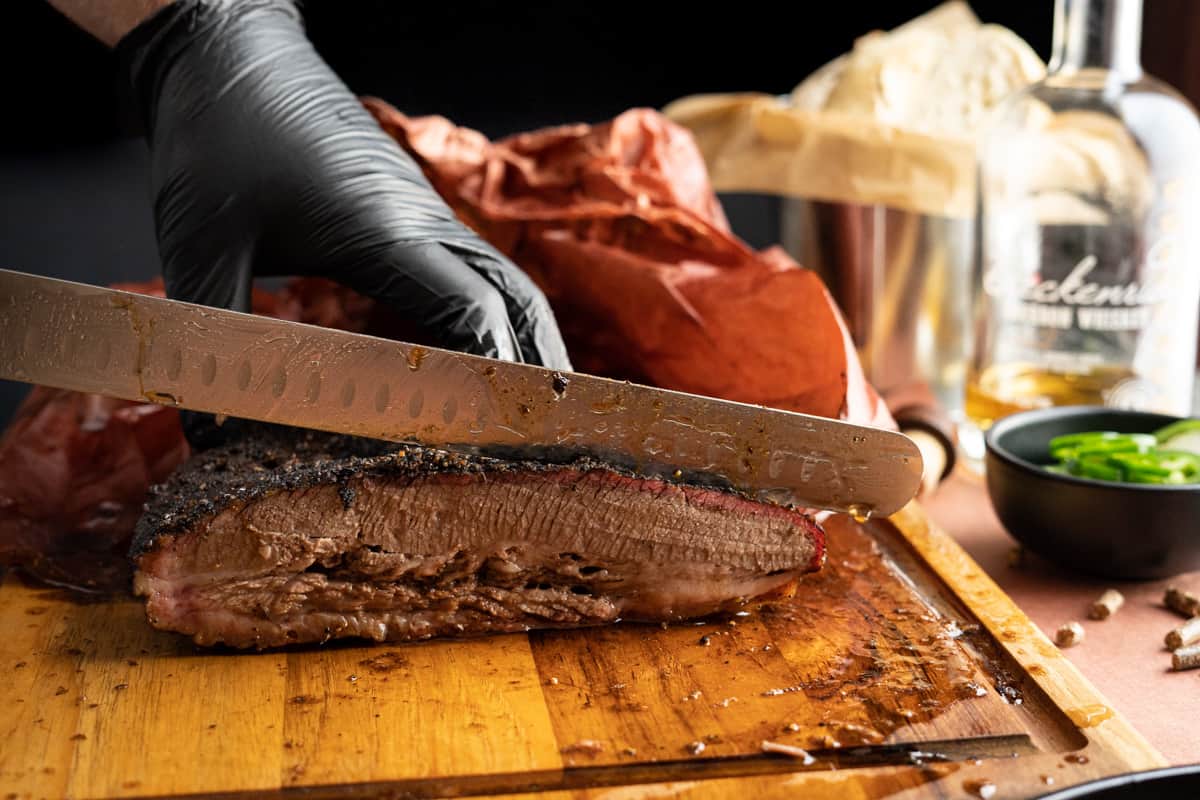
In this article, we'll cover what temp to take brisket off the smoker, how to keep it moist, and point you to our own pellet smoker brisket recipe that we love.
Brisket Basics
At the heart of every great brisket is, of course, the beef brisket itself. It's a large, relatively expensive, and particularly tough cut of beef laden with connective tissue. It's this toughness that, paradoxically, makes it the perfect candidate for slow cooking. As these tissues break down over time, they imbue the meat with a rich, succulent tenderness that is the hallmark of a perfectly smoked brisket.

Preparation is the first step, and it should not be rushed. Trim off any excess fat from your brisket, leaving a good amount of the fat cap. This fat, when rendered down during the slow cooking process, enriches the meat’s flavor and keeps it juicy. Apply a dry rub of your choice to the meat, ensuring an even coating. The fat side up or down is a point of personal preference; experiment to discover which results you prefer.

As for the cooking process, remember that low heat and slow cooking are your allies. The brisket should be cooked using indirect heat, positioned away from your heat source. Aim to keep the cooking temperature consistent, ideally within the 225-250 degrees Fahrenheit range. Tools like pellet grills or pellet smokers can be invaluable for maintaining these lower, consistent temperatures over a long period.
Brisket Stall
Be prepared for the infamous "temperature stalls." This is a normal part of the smoking process where the internal temperature of the brisket appears to stop rising. It can be a test of patience, but it's essential to resist the temptation to increase the heat source, as higher temperatures can lead to a dry brisket.
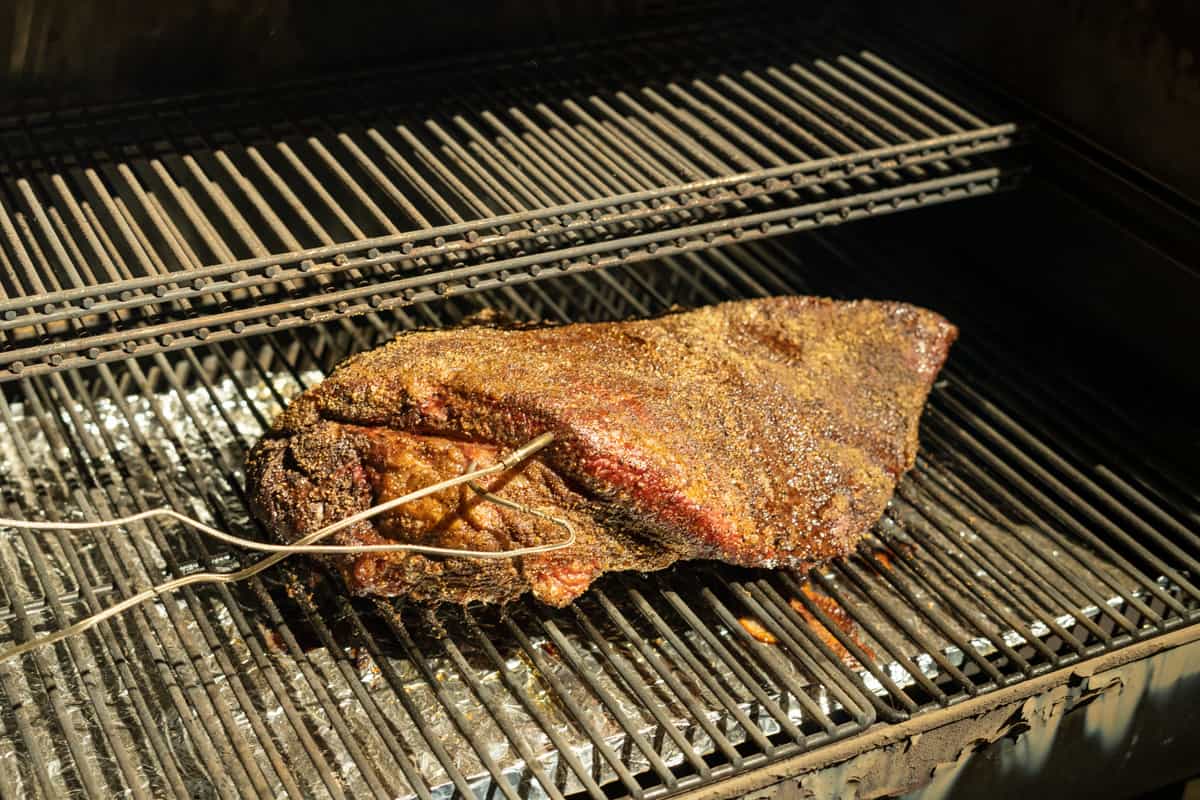
Instead, use the 'Texas Crutch' technique, wrapping your brisket in pink butcher paper or aluminum foil (according to Aaron Franklin, a renowned pitmaster, butcher paper allows for better smoke penetration while preserving the brisket's crispy bark) to help push through this plateau.
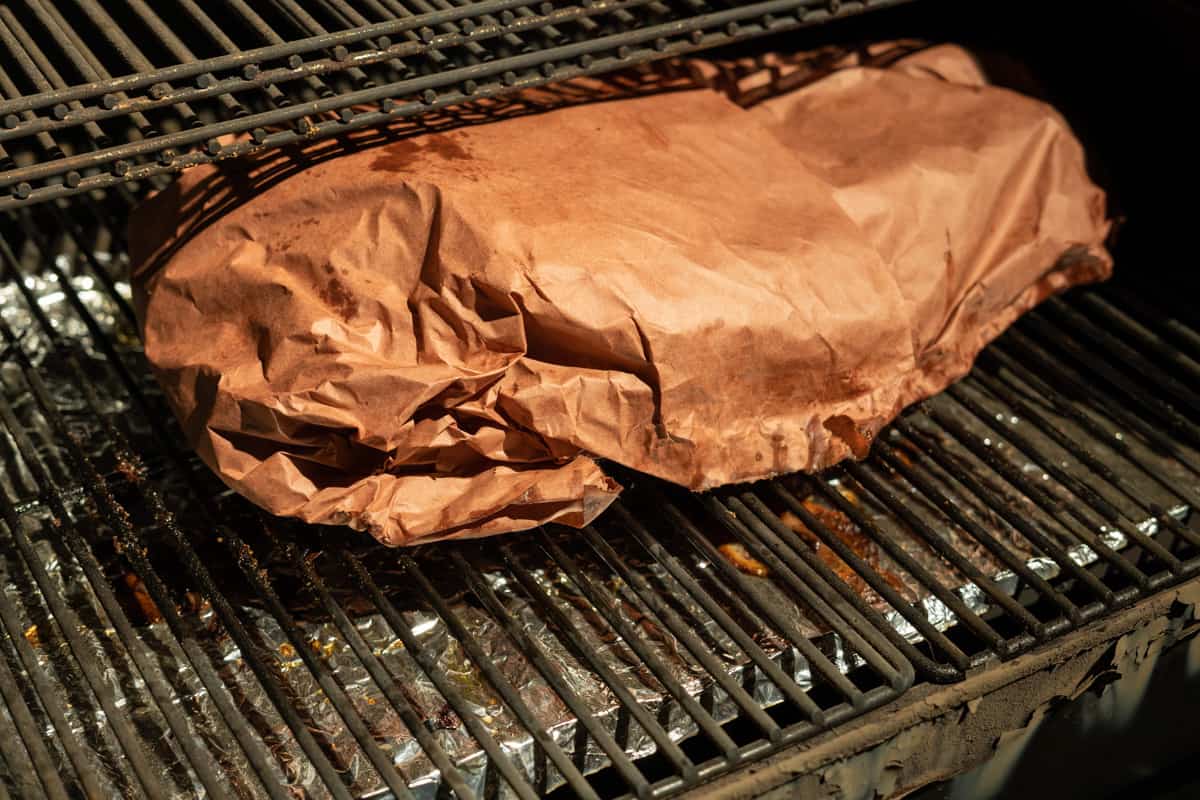
Internal Temp
Regardless of whether you choose to wrap or not (also known as 'going naked'), the key to a tender brisket is achieving the ideal internal temperature. The best results tend to occur when the internal temperature of the meat reaches approximately 195-203 degrees Fahrenheit. Use an instant-read or digital thermometer to check the temperature in the thickest part of the brisket.
Once your brisket has reached its optimal temperature, it's time to let it rest. Removing it from the heat and allowing it to sit at room temperature, still wrapped in its foil or butcher paper, allows the juices to redistribute throughout the cut, resulting in a succulent, tender final product.
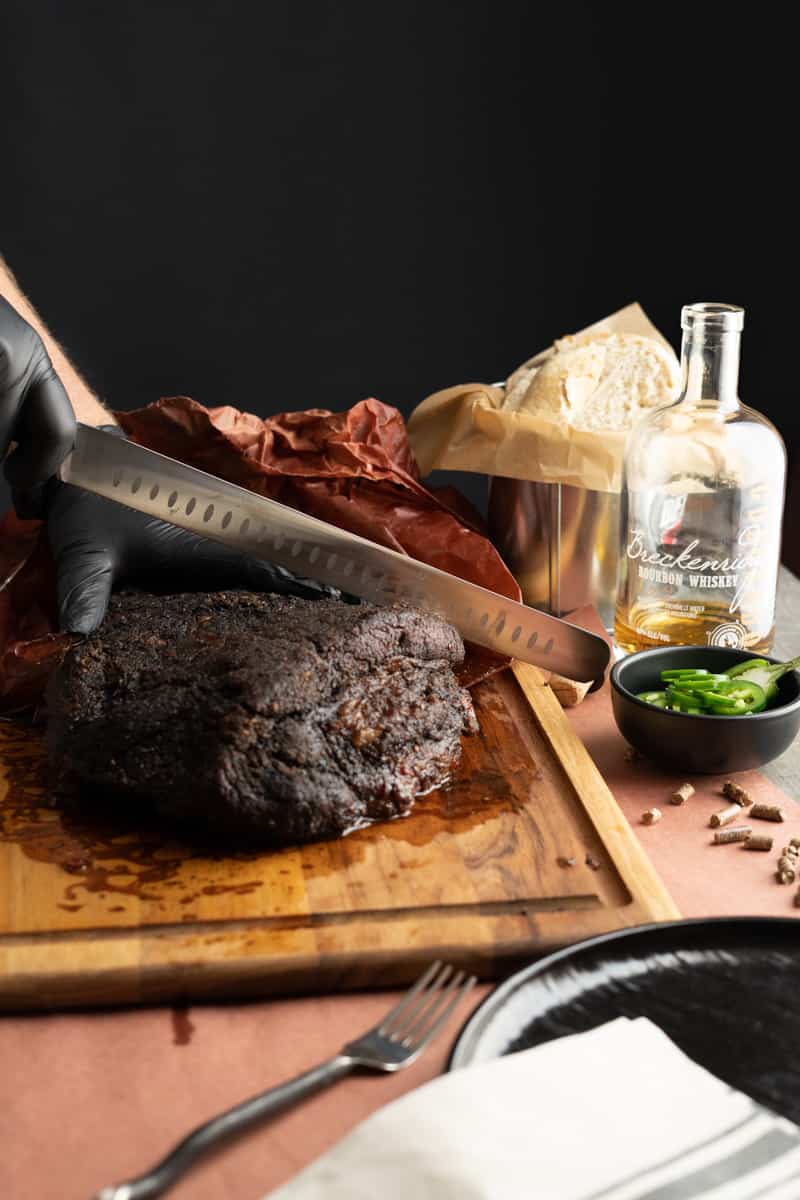
For those embarking on this journey for the first time, there are several tips to keep in mind. A water pan under your brisket helps keep the moisture level high, and spritzing your brisket every 2-4 hours with apple juice or apple cider vinegar not only adds moisture but enhances the flavor. Additionally, ensure you allot enough time for the process. An 8 lb brisket could take up to 12 hours or more to smoke fully.
In-Depth Brisket Recipe
The process of cooking a brisket to perfection is an immersive journey, requiring patience, knowledge, and a willingness to adapt. The reward is a rich, tender, and flavorful brisket that not only tastes great but is a testament to your skills and passion as a pitmaster. It's certainly a culinary journey worth taking. For a full breakdown check out our complete smoked brisket recipe.
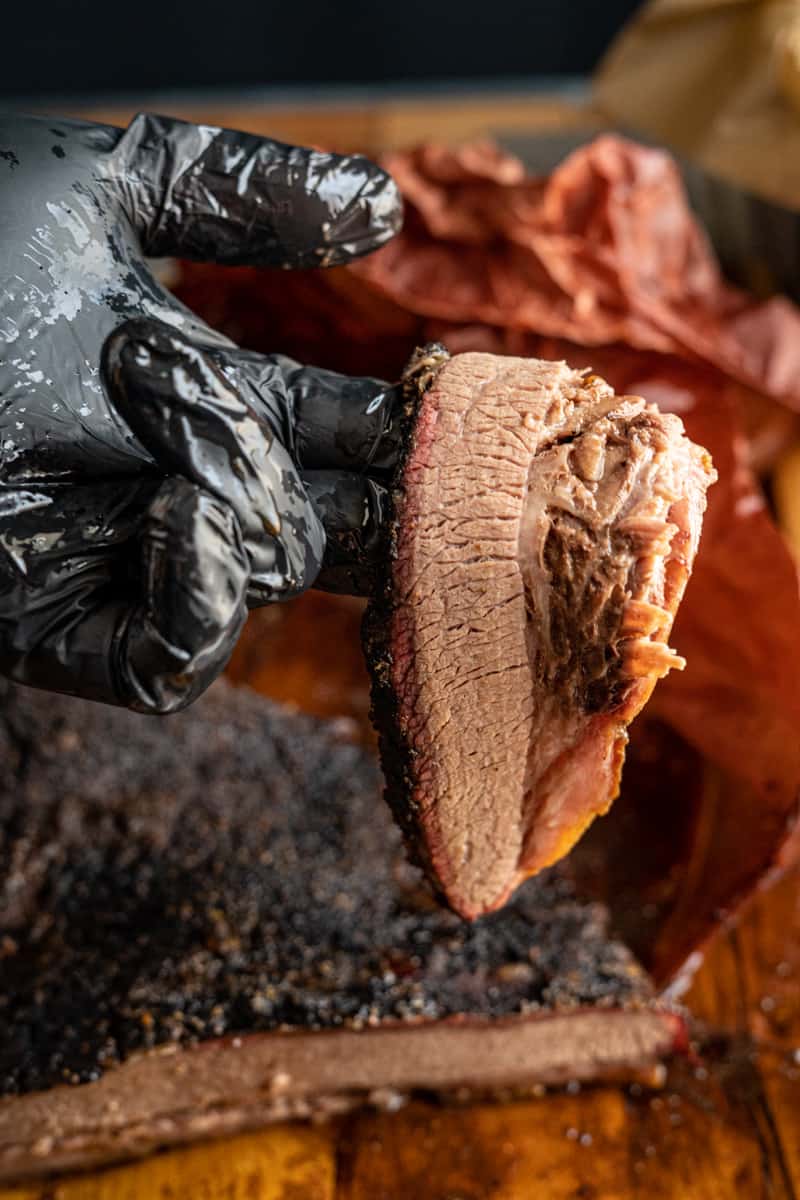

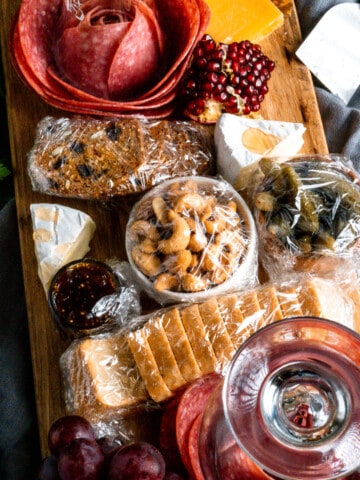

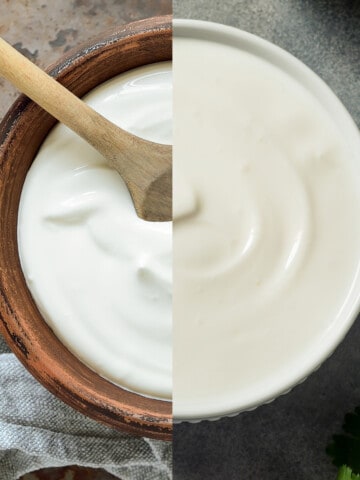

Comments
No Comments